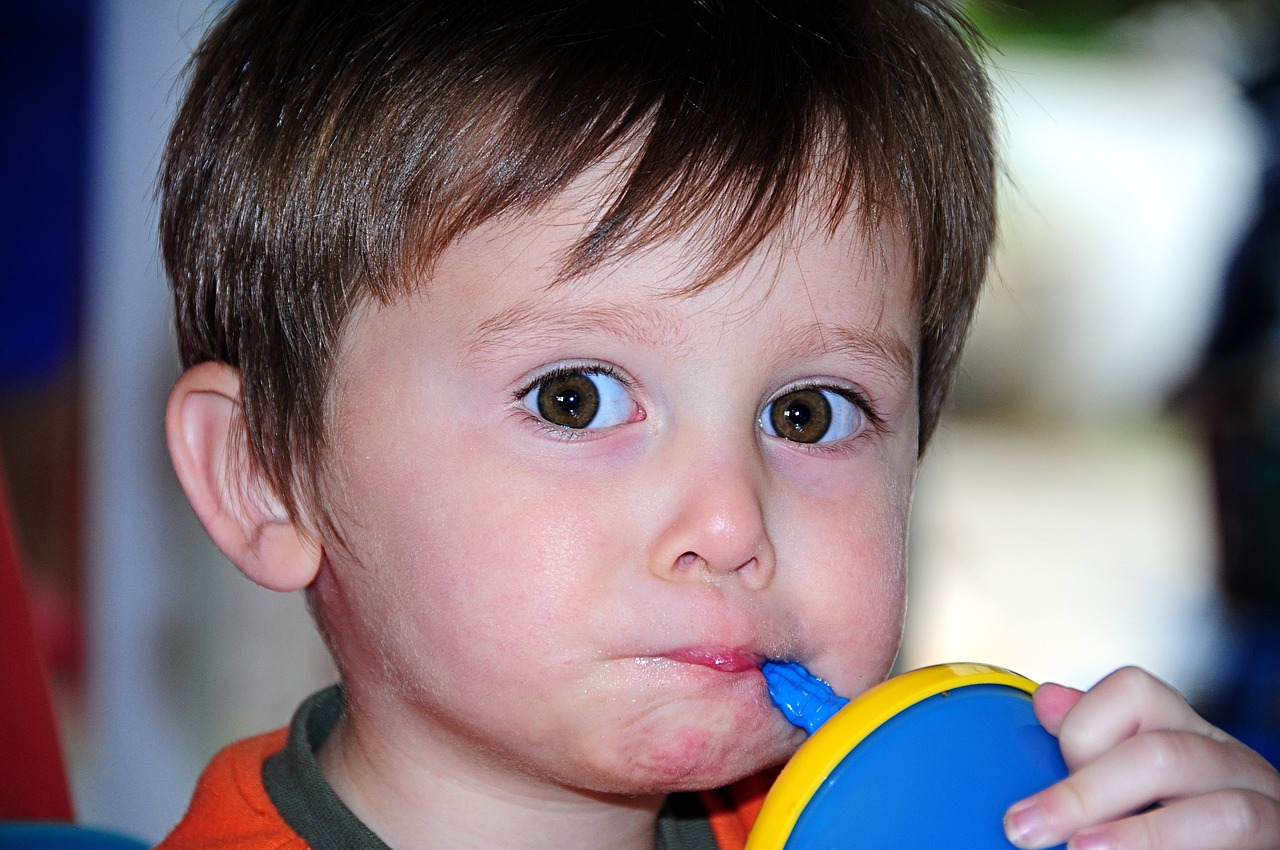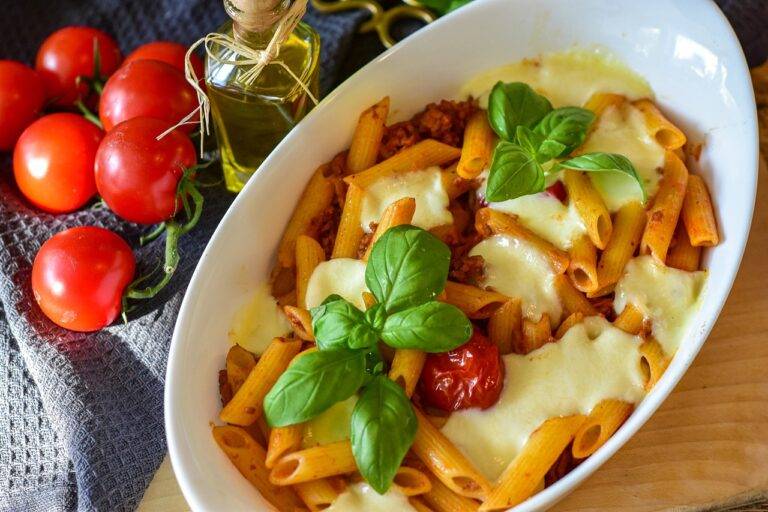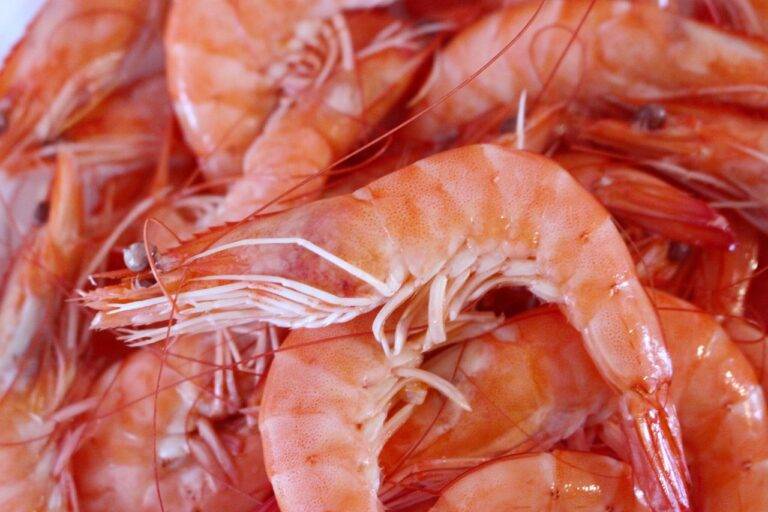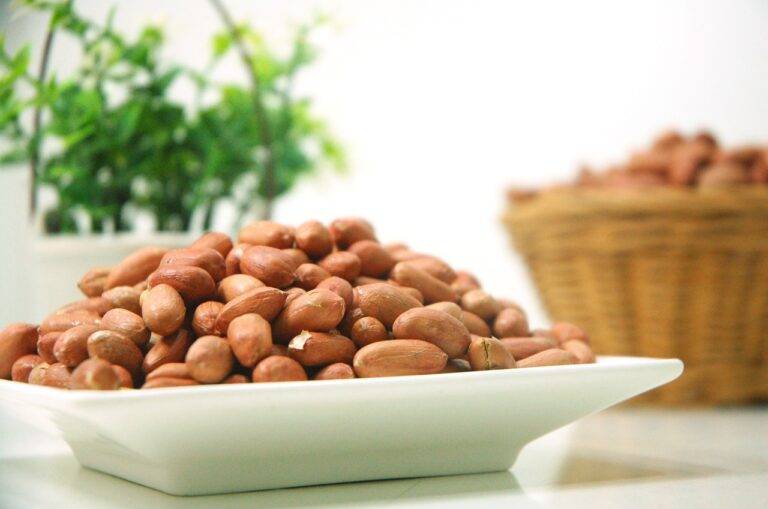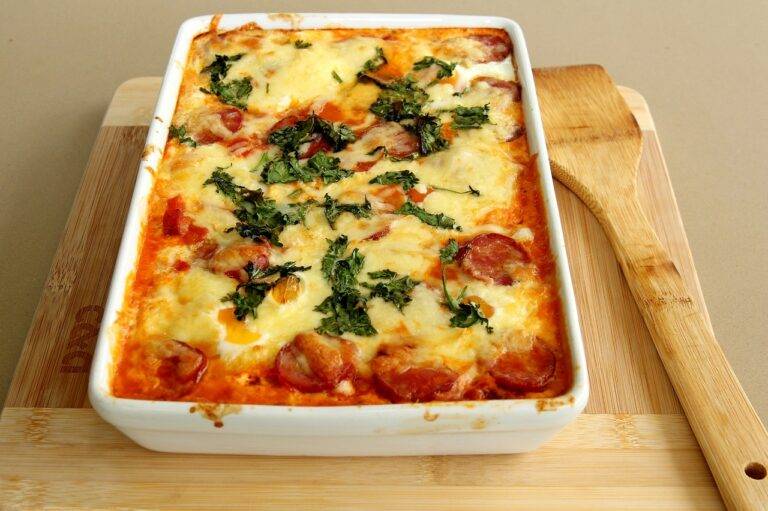The Science of Food Packaging: Balancing Preservation and Environmental Impact
Food packaging serves as a crucial component in the food industry, encompassing a wide range of materials and techniques to ensure the safety and quality of consumable products. This process involves the wrapping, containment, and protection of food items from external factors that may compromise their integrity, such as physical damage, contamination, and spoilage. Moreover, packaging plays a significant role in informing consumers about the product, including nutritional information, expiration dates, and proper usage instructions.
Furthermore, food packaging not only acts as a barrier against external elements but also aids in extending the shelf life of various food products through controlled atmosphere packaging, vacuum packaging, and modified atmosphere packaging. The innovation and development in packaging materials have allowed for advancements in food preservation techniques, contributing to the reduction of food waste and ensuring the longevity of products on the market shelves. Ultimately, the efficiency and quality of food packaging directly impact consumer satisfaction and trust in the brand, making it a fundamental aspect of the food industry.
Importance of Packaging in Food Preservation
Effective packaging plays a crucial role in preserving the freshness and quality of food products. By creating a protective barrier against physical, chemical, and biological factors, packaging helps to extend the shelf life of perishable items. It helps to prevent contamination and spoilage, ensuring that food reaches consumers in a safe and consumable condition.
In addition to protecting food from external hazards, packaging also helps to maintain the nutritional value of products. Properly designed packaging materials can limit exposure to light, oxygen, and moisture, which can all lead to nutrient degradation. By minimizing these factors, packaging helps to retain the nutritional integrity of foods, promoting healthier consumption among individuals.
Why is food packaging important in food preservation?
Food packaging plays a crucial role in protecting food from external factors such as air, moisture, light, and bacteria, which can lead to spoilage and contamination.
How does packaging help in extending the shelf life of food?
Packaging helps in creating a barrier between the food and the external environment, preventing the entry of oxygen, moisture, and microorganisms that can degrade the quality of the food.
What are some common types of food packaging materials used for preservation?
Common types of food packaging materials include plastics, glass, metal cans, and paperboard. Each material has its own properties that help in preserving the food.
How does packaging affect the quality of food?
Proper packaging can maintain the freshness, flavor, and nutritional value of food by preventing it from exposure to harmful elements. Improper packaging, on the other hand, can lead to spoilage and contamination.
Is it important to consider the type of packaging material for different types of food products?
Yes, it is crucial to choose the right packaging material based on the type of food product, its shelf life, and storage conditions. Different foods require different types of packaging to ensure their preservation.
How can consumers contribute to food preservation through packaging?
Consumers can contribute to food preservation by storing food in proper packaging, following storage instructions, and minimizing food waste. Proper handling and storage of packaged food can help in extending its shelf life.

